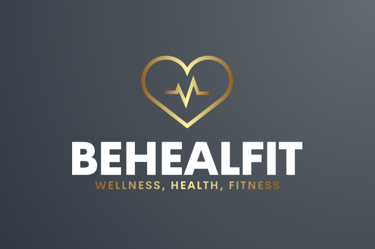Why Having Strong Legs Matters for Your Health (and How Calf Raises Help)
Discover why strong legs are essential for mobility, balance, and circulation, and how calf raises can make a big difference, backed by research and practical tips.
WELLNESSHEALTHBLOG-LIST
8/14/20252 min read


In Brief
Strong legs are about more than aesthetics, they're essential for everyday movements, injury prevention, and even cardiovascular and cognitive health. A key component of lower-limb strength is the calf muscle group. This article explains why strong legs matter and how simple exercises like calf raises can deliver powerful, practical benefits.
Table of Contents
Why Strong Legs Matter
Key Benefits of Strong Calf Muscles
How to Build Calf Strength Effectively
FAQ
Conclusion
Why Strong Legs Matter
Your legs support your entire body — powering every step, jump, or climb. Strong legs enhance mobility, reduce fall risk, and support the heart by aiding blood circulation. Recent studies even link calf strength to better cognitive health and longevity. Real Simple+5BeHealfit+5blog.myarsenalstrength.com+5The Times of India+7The Times+7SELF+7
For a simple habit that strengthens calves and promotes healthy aging, check out our article “Why Calf Raises After Eating Are the Secret to Healthy Aging”.
Key Benefits of Strong Calf Muscles
Improved Circulation & Heart Health
Calf muscles act like a "second heart," helping pump blood back to the body’s core. Strong calves support venous return and help lower blood pressure. Sources: NIHEnhanced Balance & Mobility
Calf strength improves ankle stability, body awareness (proprioception), and overall balance reducing fall risk and boosting athletic performance. Sources: HealthlineInjury Prevention
Strong calves stabilize the lower leg and ankle, helping prevent strains and tendon issues, especially in active individuals. Sources: Cleveland ClinicCognitive and Long-Term Health Benefits
Emerging research suggests that stronger calves may correlate with reduced risk of cognitive decline and improved blood sugar regulation. Sources: NIH
How to Build Calf Strength Effectively
Calf Raises (standing or seated) are the most accessible, equipment-free method to target calves effectively.
Standing calf raises activate both gastrocnemius and soleus muscles more effectively than seated versions.
For added benefits, perform calf raises shortly after meals — they improve digestion, blood sugar regulation, and calf strength simultaneously.
FAQ
1. How often should I perform calf raises?
3–4 times a week is a good starting point. Consistency yields noticeable benefits in strength and balance.
2. Should I do seated or standing calf raises?
Both are effective. Standing raises engage more muscle fibers; seated ones target the soleus more. Mixing both provides comprehensive calf development.
3. Can calf strength really impact heart health?
Yes, by boosting circulation and reducing venous pressure, strong calves support cardiovascular function.
4. Do strong calves help protect knee joints?
Absolutely. Flexible and strong calf muscles reduce stress on the knees and help prevent overuse injuries. The Times
Conclusion
Strong legs, especially strong calves are fundamental to daily function, athletic performance, and long-term health. Calf raises offer a simple, effective, and accessible way to build this essential strength.
💡 Action Step: Start doing calf raises today aim for 10–20 reps 3 times a week. Your legs, heart, and balance will thank you!
